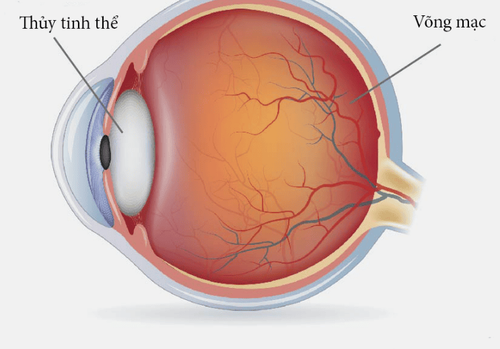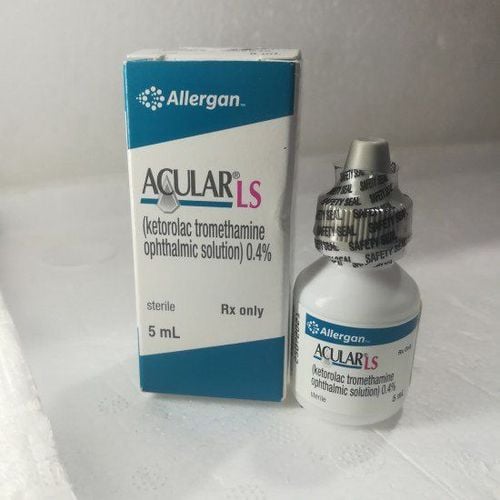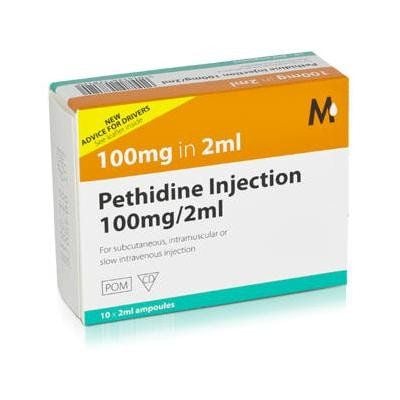This is an automatically translated article.
The article is professionally consulted by Master, Doctor Ta Quang Hung - Department of General Surgery - Vinmec International General Hospital Da Nang.1. Pre-preparation for post-ocular anesthesia
In ophthalmic surgery, there are typical anesthetic methods such as: post-globe anaesthesia, paraocular anesthesia, local anesthesia, subtenonous anesthesia... In general, whatever method is used, before surgery. Under anesthesia to prepare for eye surgery, the patient must perform a number of preparatory examinations:Assess the patient's general condition. Assess the patient's ability to respond to the anesthetic method. Observe and examine the area to be anesthetized. Explain and advise the patient and family about the method of anesthesia used. Instruct the patient to fast before the procedure. Give the patient fluids before entering the operating room. Prepare means and equipment to monitor pulse, blood pressure, SpO2,... The purpose of post-ocular anesthesia is to immobilize the eyeball, numb the conjunctiva and eyeball, and stabilize the eye pressure.

Equipment and medicine:
5ml syringe. Antiseptic (Betadine 5%). Local anesthetic Lidocaine 2% 3-5ml, can add hyaluronidase 75UI/ml.
2. Post-ocular anesthesia technique
Post-ocular anesthesia is a technique that uses a needle to poke through the skin or through the same lower body, through the bottom of the eyeball to deliver numbing medicine to the muscle cone behind the eyeball.Post-eyeball injection procedure:
Disinfect the upper eyelid, lower eyelid and around the eye. Locate the needle puncture site: the junction between the lateral 1⁄3 and the 2⁄3 medial inferior border of the orbit. Direct the needle close to the eyeball, combined with observing the movement of the eyeball. Determine if the needle is touching or penetrating the eyeball to re-direct the injection. When the needle is in the correct position (2.5-3.5cm), gently inject the medicine behind the eyeball. Put the pressure ball on top to diffuse the anesthetic, help reduce intraocular pressure, edema in the eye. Remove the balloon and check for movement of the eyelids and eyeballs. Apply antiseptic and antiseptic to the skin around the eyes (Betadine 5%) to prepare for surgery.

3. Advantages and disadvantages of retrobulbar injection
Post-ocular anesthesia in ophthalmic surgery offers the following advantages and disadvantages:Advantages: small drug volume, quick action (5-7 minutes), lasts about 1-2 hours. Cons: little loss of movement, little numbness of the conjunctiva. Unfortunate cases can cause risks such as needle puncture of the eyeball (eyeball perforation), hematoma, ophthalmoplegia, central retinal artery spasm, extraocular muscle atrophy, conjunctival edema, temporary loss of vision time . Therefore, at present, anesthesia by intraocular injection is less and less used. Contraindications
Post-ocular anesthesia is not applied in the following cases:
The patient is uncooperative. The patient has a blood clotting problem. The patient is allergic to the anesthetic. Today, paraglossal anesthesia is considered to be less invasive than retrobulbar anesthesia, so in recent years this technique has been widely used to anesthetize ophthalmic surgery as an alternative to injections. posterior eyeball.
If you are experiencing vision problems, go to a medical facility immediately to be examined and treated by doctors as soon as possible. Currently, Vinmec International General Hospital has vision-related service packages such as:
Refractive error screening package Cataract examination and consultation package Ortho-K Master package. Doctor Ta Quang Hung has over 10 years of experience in teaching and practicing in the field of Anesthesia and Resuscitation. Currently, working as an Anesthesiologist, General Surgery Department - Vinmec Danang International Hospital
Please dial HOTLINE for more information or register for an appointment HERE. Download MyVinmec app to make appointments faster and to manage your bookings easily.














